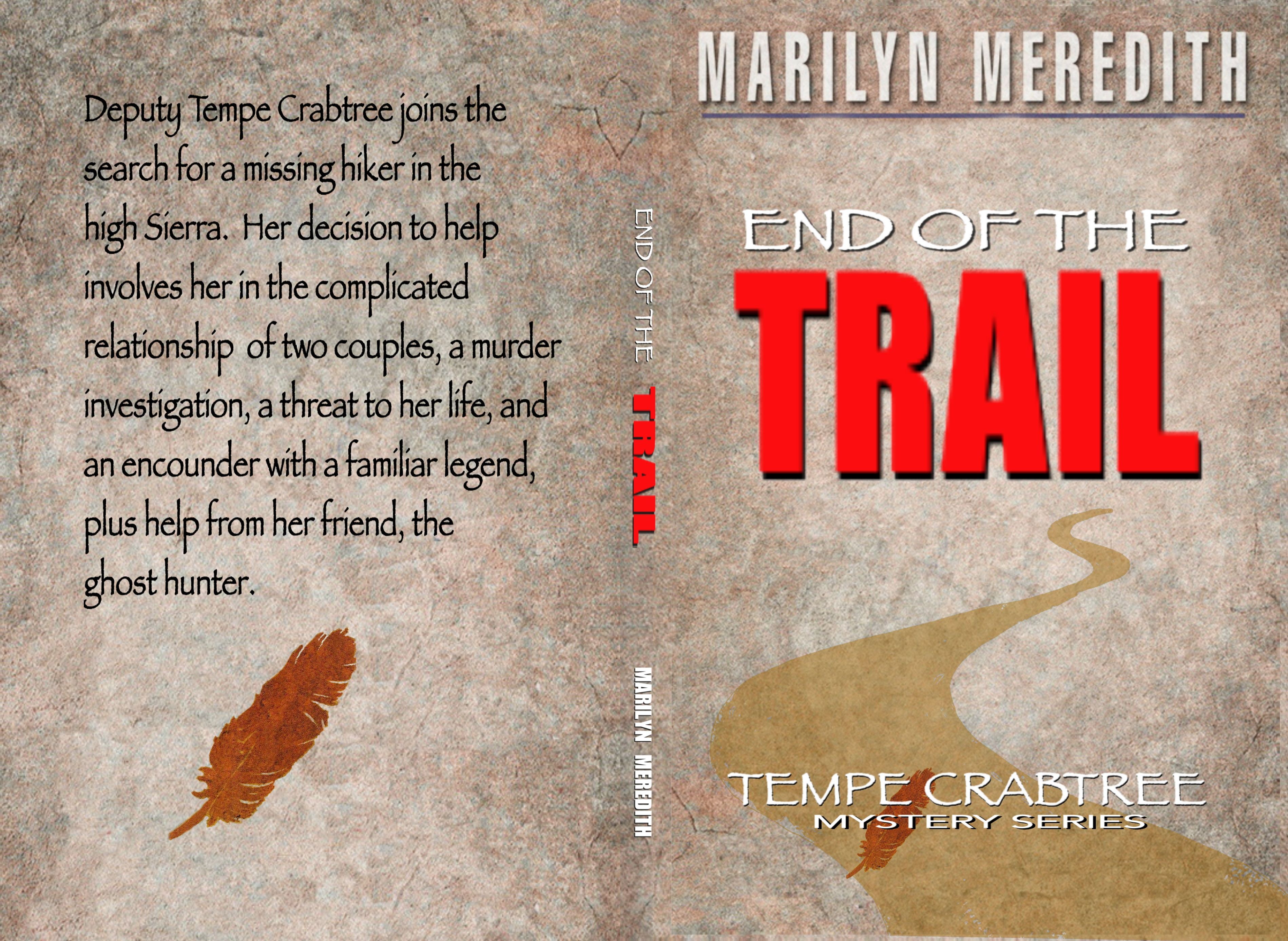
Puzzled by Crime
Since we’ve been sheltered in place, sales of jigsaw puzzles have soared. As trusted a source as NPR recently reported an increase of more than 300% over last year’s sales.
It’s not hard to figure out why people have turned to puzzling in a time of great confusion and uncertainty. If you’re focused on finding that piece of blue sky over Tuolumne Meadows in the Sierras, or the jacket of the woman ice skating in Rockefeller Center, you can hardly give in to fear or anxiety at the same time.
Other puzzles, too, are having their moment. Newspapers offer extra crosswords, acrostics, and entire supplemental sections with Sudoku, logic puzzles, and picture puzzles for kids.
Some say humans are designed to solve problems, and puzzles fill that need, especially ones that come with a clear set of rules and an unambiguous solution.
Am I ever going to talk about cozies?
Yes, here it comes.
Cozies are primarily puzzles. That’s not to say that the other elements of fiction are unimportant. Cozy readers expect all the basics of a good story: engaging characters, sparkling dialogue, appealing descriptions, riveting suspense, and a satisfying conclusion.
What cozy readers don’t expect are graphic details that take away from the essential puzzle. Does that mean that cozies make light of murder, for example? A case can be made that the touch of humor often found in cozy mysteries takes away from the seriousness of the matter. But the theory behind cozies, to my mind, is that readers already know that murder is horrible, that it’s brutal, violent, no matter the weapon, and that it takes an enormous toll on everyone around it. We don’t need to dwell on those aspects. We choose to dwell on the puzzle that connects the motive, the victim, the killer, and the clues.
The amateur sleuth featured in cozies is making a red velvet cake with her hands, while her mind is figuring out the clues. Instead of forensic details and images of internal organs being weighed in the pan of a laboratory scale, we’re treated to her aha moment—the oven timer goes off and she realizes that Mr. Victim in the Library could not have been killed before two o’clock in the afternoon. Puzzle solved!
The cozy sleuth usually has a threat to her life when the killer realizes how smart she is, how she’s been able to put all the pieces of the puzzle together. But the cozy reader knows the danger is there only to provide another opportunity for a clever move, as if the whole story were being played out on a chess board. Quite satisfying.
Murder is brutal in real life, and there are subgenres in crime fiction that deal with that—noir and horror, for example, and what are called thrillers.
At the moment, we seem to be living in a medical thriller. Maybe we’d rather leave that behind as we read. If so, cozies are there for us.
MOUSSE AND MURDER

A young chef bites off more than she can chew when she returns to her Alaskan hometown to take over her parents’ diner.
When Chef Charlotte “Charlie” Cooke was offered the chance to leave San Francisco and return home to Elkview, Alaska, and take over her mother’s diner, she didn’t even consider saying no. For the past year, she’s built a comfortable existence, spending her days making sure the restaurant runs smoothly and that her cat, Eggs Benedict, is appropriately pampered. But soon life at the diner starts feeling a little one-note.
Determined to bring fresh life and flavors to the Bear Claw Diner, Charlie starts planning changes to the menu, which has grown stale over the years. But her plans are fried when her head chef Oliver turns up dead after a bitter and public fight over Charlie’s ideas—leaving Charlie as the prime suspect.
With her career, freedom, and life all on thin ice, Charlie must find out who the real killer is, before it’s too late.
Buy links are at https://www.penguinrandomhouse.com/books/622413/mousse-and-murder-by-elizabeth-logan/

Camille Minichino is a retired physicist. She’s the author of 28 mystery novels, plus many short stories and articles. Her 5 series feature a physicist, a miniaturist, a college math professor, a postmistress, and a chef in a fictional town in Alaska. She teaches science at Golden Gate University in San Francisco and writing workshops around the SF Bay Area. Her latest series, the Alaskan Diner Mysteries, written as Elizabeth Logan, debuts with “Mousse and Murder.” All her names and numbers can be found at www.minichino.com, and at https://www.facebook.com/camille.minichino










You must be logged in to post a comment.